Philodendron Silver Sword Sapling
The Silver Sword Plant Philodendron is a rare indoor houseplant with its silver-green, arrow-shaped leaves. The Philodendron Silver Sword plant is a climber, the same as the money plant or other philodendron plants. You can easily grow it with moss stick support, and add it for a beautiful feel to your garden surroundings. The Philodendron Silver Sword Plant is easy to maintain, is famous for being an air purifier, and is a great plant for indoor spaces at homes and offices. We can also recommend it for hanging baskets. Great choice for a beginner or an experienced gardener, this plant is easy to care for and fits easily into any routine.
Essential Care Tips for Philodendron Silver Sword Sapling
- Soil
Always use a sandy soil or use coco peat potting mix with perlite, vermicompost, with bone meal.
Make sure the soil mix is sandy and organic-rich (including vermicompost, bone meal, calcium etc). - Water
Water the Silver Sword Plant Philodendron when the top layer of the soil gets dry. Too much water can damage the plant by causing the roots to rot. - Light Requirements
Keep the plant in filtered sunlight for good growth. Avoid Direct sunlight; it can damage the leaves.
You can also keep it in low light conditions, but it will grow slowly. - Temperature and Humidity
Philodendron Silver Sword is a perennial plant. They survive in any temperature but like temperatures between 18°C to 30°C, and really like humid conditions for fast growth. To create a humid surrounding, you can use a humidifier or give the plant a light misting. - Fertilizing Schedule
Feed the Philodendron Silver Sword Plant once every 3 to 4 weeks during the growing season (spring and summer) with a balanced liquid fertilizer like NPK(19:19:19) powder fertilizer or NPK (19:19:19) granules fertilizer or Seaweed Organic Plant Food. Reduce feeding in winter. - Air Circulation
Keep your plant in a place with good airflow. Do not place them in tight spots or right under the fans or vents. - Pruning
Remove yellow or damaged leaves regularly to help the plant grow healthy. Pruning also helps in maintaining the plant’s shape and appearance. - Repotting
Repot every 1-2 years or when roots outgrow the current container. Choose a pot one size larger with drainage holes. Refresh the potting mix to support new growth. - Support Structure
As the plant is a natural climber, use a moss pole or trellis to support its upward growth. Such support creates a natural environment for the plant to thrive. - Pest Control
Observe the leaves regularly for pests such as spider mites and aphids. Wipe the leaves with meen oil or mild soap solution to prevent the pests from spreading further.
Key Features and Benefits Of Philodendron Silver Sword Sapling
- Aesthetic Appeal
Its silver-green leaves attached to beautiful, upright-growing, flexible stems make it an attraction at your home, office, or balcony. - Beginner-Friendly
The Silver Sword Plant Philodendron is low- maintenance and forgiving in nature, so it’s perfect for new plant parents. - Vastu Importance
As per Vastu, philodendrons attract prosperity, peace, and positive energy. Place it in the southeast corner benefits for your home. - Grafting Benefits
Grafting mature nodes helps maintain leaf consistency and encourages faster, bushier growth in young saplings. - Air Purification
This plant has natural air-cleansing properties that eliminate toxins from its surroundings, giving a fresher and improved air quality. - Space Efficient
This plant grows upright with little support, making it suitable for compact indoor spaces. - Long Lifespan
With the right care, the Philodendron Silver Sword Plant can stay with you for years, adding a lasting greenery to your space.
Make your space greener and fresher with a Philodendron Silver Sword Sapling. Order now at Upjau.
FAQs
Q. What should I do if the leaves start turning yellow?
A. Check soil moisture and drainage, reduce watering, and remove affected leaves.
Q. Can I grow this outdoors on a shaded balcony?
A. Yes, just protect it from harsh sun and strong winds.
Q. How often should I mist the leaves?
A. Mist two to three times weekly, especially in dry or hot weather.
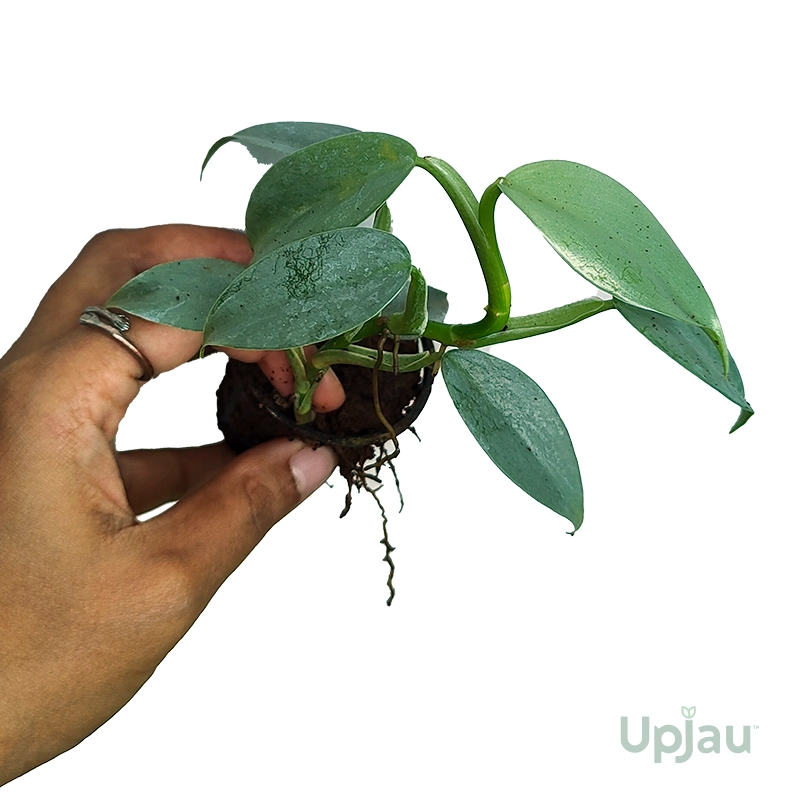




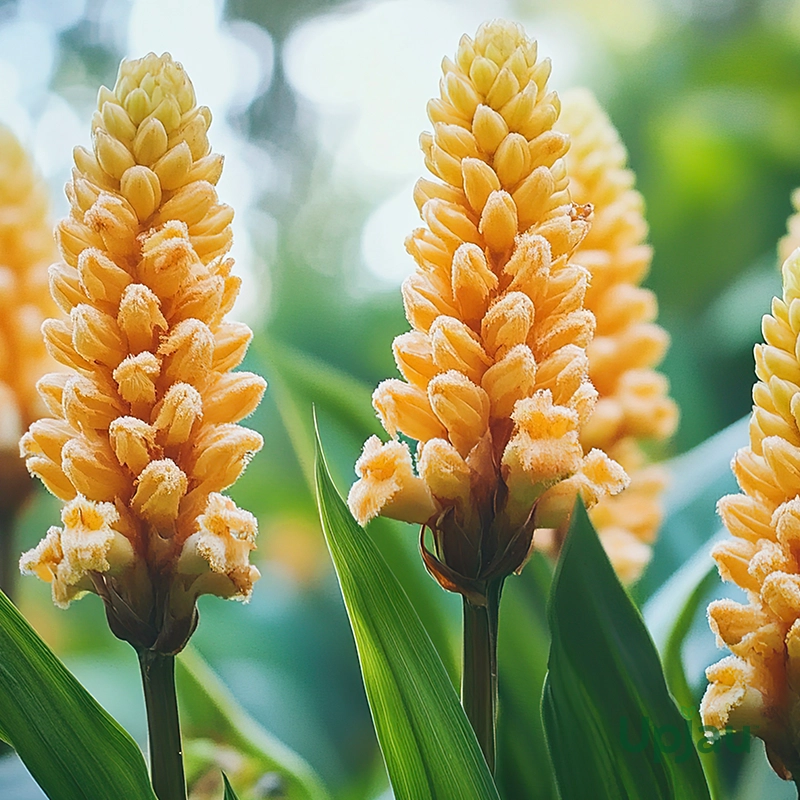
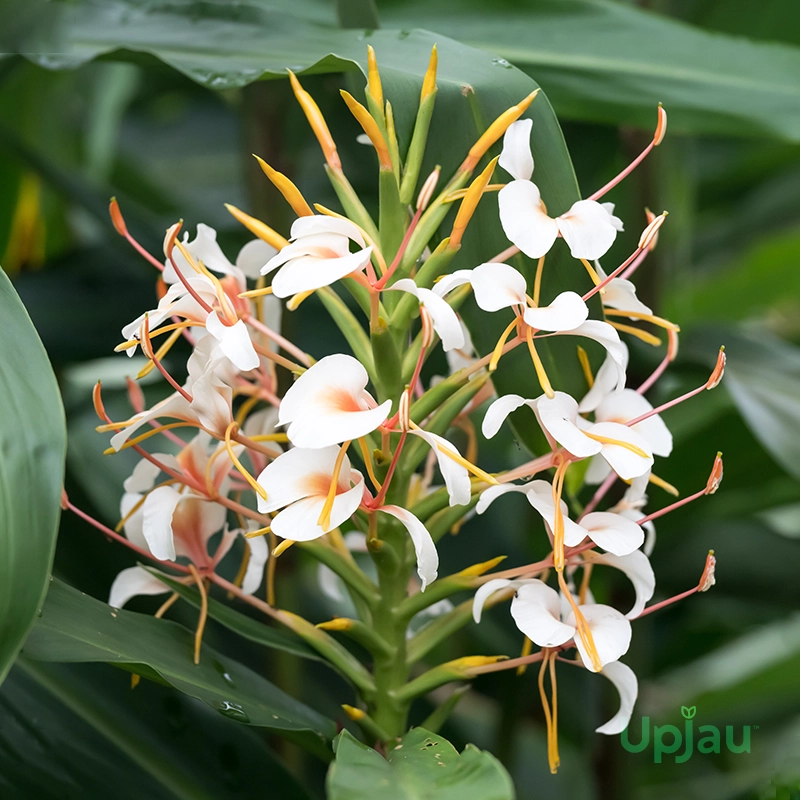



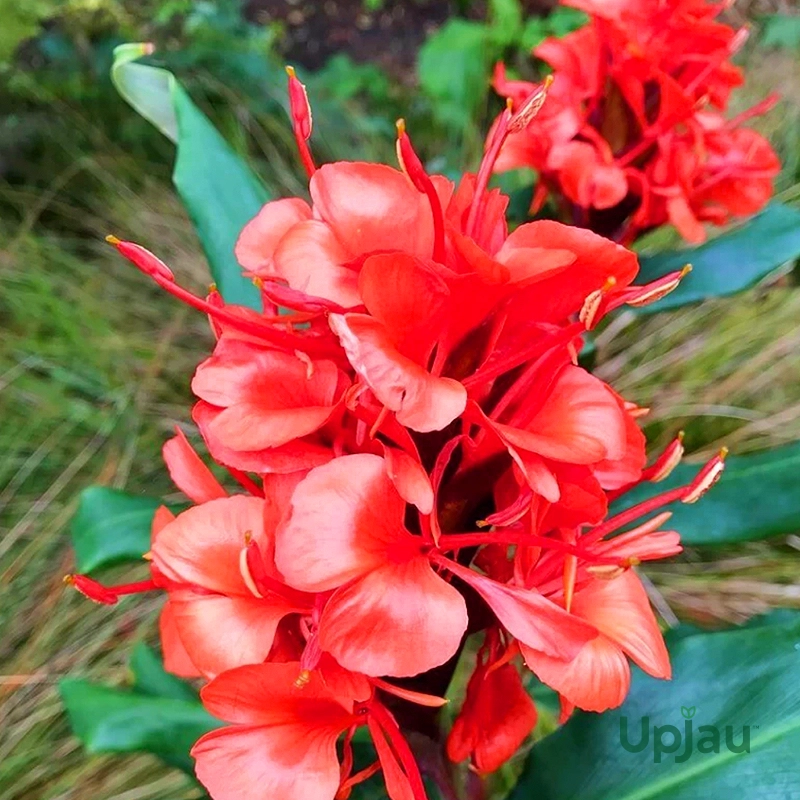

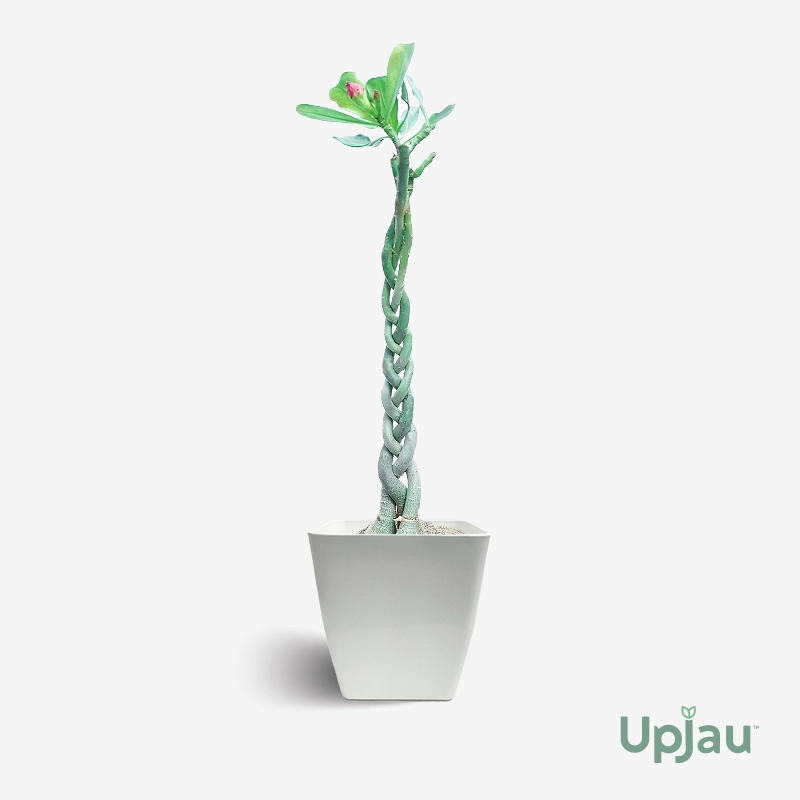
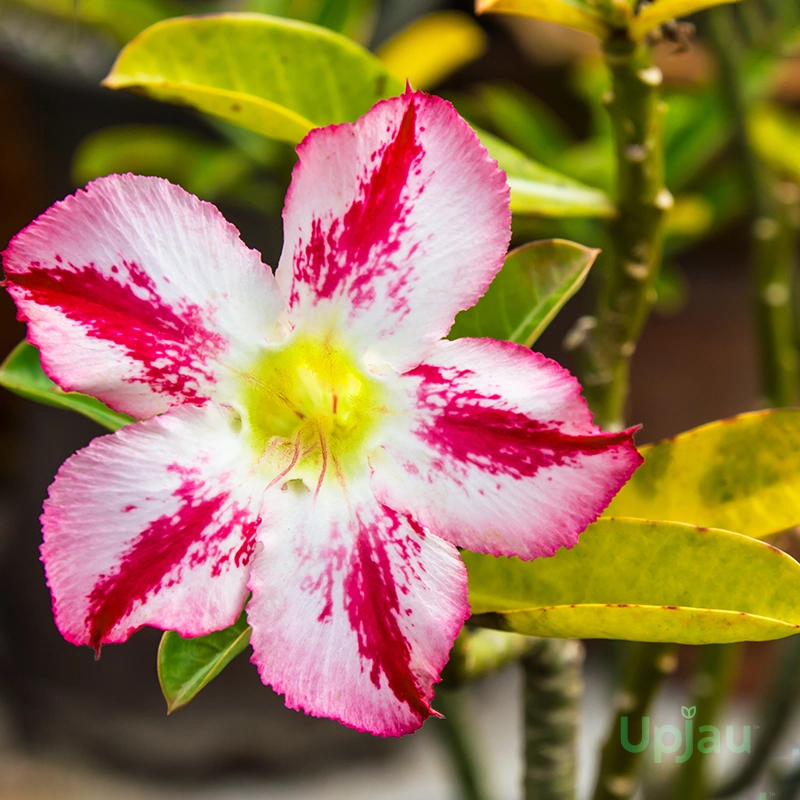



Reviews
There are no reviews yet.